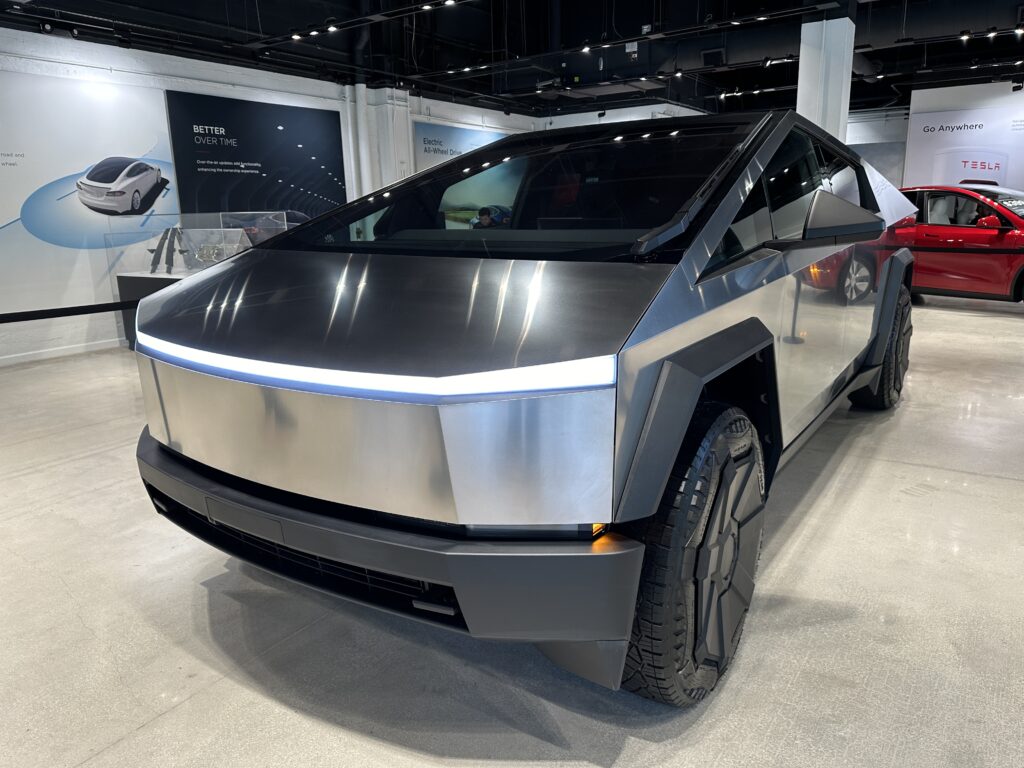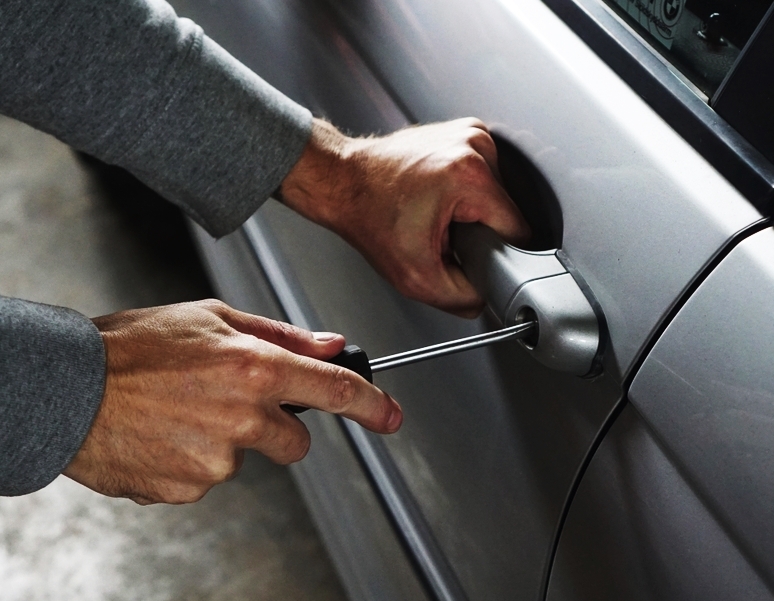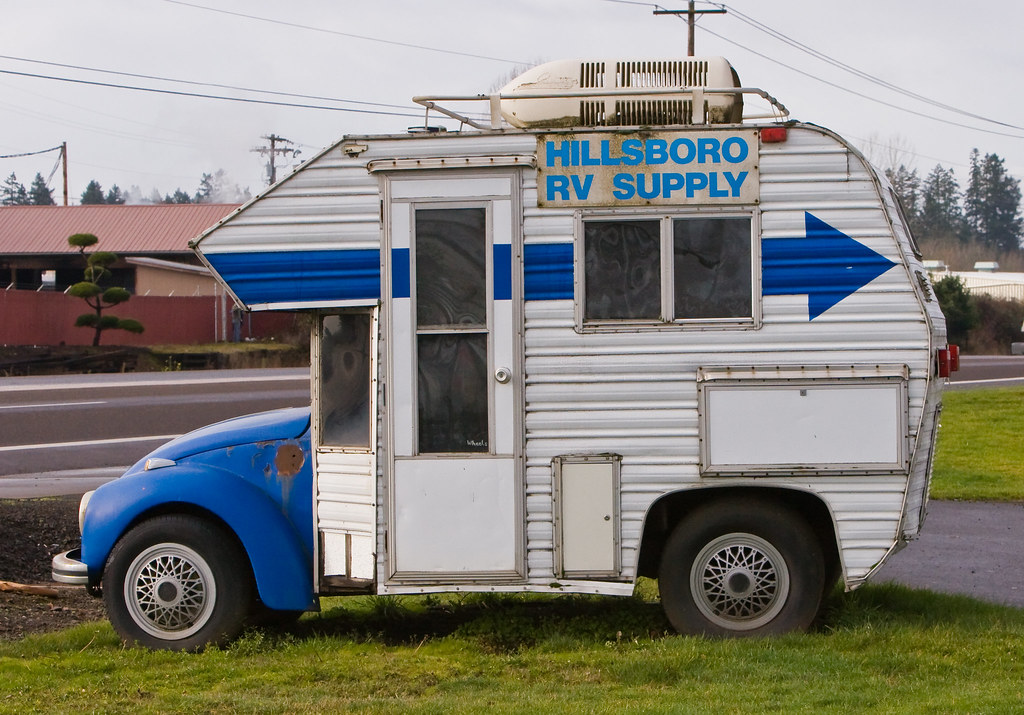Have you ever wondered why some cars have features that make no sense at all? Whether it’s a design flaw, a marketing gimmick, or a cost-cutting measure, some of the decisions made by original equipment manufacturers (OEMs) are hard to comprehend. OEMs are companies that make parts or products that are used by another company to make a final product, such as a car. For example, Bosch is an OEM that makes brakes, sensors, and other components for various car brands. In this article, we will look at some of the most baffling car features ever made by OEMs, based on the opinions of car enthusiasts on Reddit and other sources.
Problematic Car Features
BMW X6’s tiny rear window: The BMW X6 is a crossover SUV that combines the features of a coupe and an SUV. However, this hybrid design comes at a cost: a tiny rear window that creates a huge blind spot for the driver. As one Reddit user commented, “BMW: Let’s make a car with a huge blind spot”. The rear window is so small that it looks like a slit in the back of the car, making it hard to see anything behind. Some drivers have resorted to using backup cameras or sensors to compensate for the lack of visibility, but that defeats the purpose of having a window in the first place.

Ford Pinto’s exploding gas tank: The Ford Pinto was a subcompact car that was introduced in the 1970s as a cheap and fuel-efficient alternative to the larger and more expensive cars of the time. However, the Pinto had a fatal flaw: a gas tank that was prone to rupture and explode in rear-end collisions. According to Car and Driver, “the Pinto’s gas tank was positioned between the rear axle and the bumper, and had only a thin piece of sheet metal separating it from the passenger compartment”. This made the gas tank vulnerable to punctures from bolts, screws, or other objects in the event of a crash. The result was a series of fiery accidents that killed or injured hundreds of people. Ford was aware of the problem, but decided not to fix it because it would cost too much. The company was later sued for negligence and faced a public backlash.

Cadillac Cimarron’s cheap interior: The Cadillac Cimarron was a compact car that was launched in the 1980s as an attempt to compete with the rising popularity of Japanese and European cars. However, the Cimarron was nothing more than a rebadged version of the Chevrolet Cavalier, a low-end car that was sold for half the price of the Cimarron. The Cimarron had the same engine, chassis, and body as the Cavalier, but with a few cosmetic changes and a Cadillac badge. The interior was especially disappointing, as it featured cheap plastic, vinyl, and cloth materials that did not match the luxury image of Cadillac. The Cimarron was widely criticized as a failure and a betrayal of Cadillac’s reputation.

Pontiac Aztek’s ugly design: The Pontiac Aztek was a midsize crossover SUV that was released in the 2000s as a versatile and innovative vehicle. However, the Aztek was widely regarded as one of the ugliest cars ever made, due to its awkward and bulky design. The Aztek had a boxy and angular shape, with a sloping front end, a split grille, and a raised rear end. The Aztek also had mismatched colors, cladding, and plastic panels that made it look like a patchwork of different parts. The Aztek was so unappealing that it was featured as the car of the main character in the TV show Breaking Bad, as a symbol of his low status and poor taste.

Controversial Car Features
Nissan Rogue’s fake exhaust tips: The Nissan Rogue is a compact crossover SUV that was redesigned in 2021 with a sleeker and sportier look. However, some eagle-eyed observers noticed that the Rogue had something odd in its rear bumper: fake exhaust tips. The Rogue had two chrome-finished oval openings that looked like exhaust pipes, but they were actually just decorative elements that had no connection to the actual exhaust system. The real exhaust pipe was hidden underneath the car, pointing downwards. The fake exhaust tips were apparently meant to give the Rogue a more aggressive and powerful appearance, but they also gave the impression of being dishonest and deceptive.

Toyota Supra’s BMW engine: The Toyota Supra is a legendary sports car that was revived in 2019 after a long hiatus. The Supra was known for its iconic 2JZ engine, a turbocharged inline-six that was capable of producing massive amounts of power and torque. However, the new Supra did not have a Toyota engine, but a BMW engine. The Supra was developed in collaboration with BMW, and shared the same platform and engine as the BMW Z4, a convertible roadster. The Supra had a 3.0-liter turbocharged inline-six that was made by BMW, and had the same specifications and performance as the Z4. The Supra also had a lot of BMW parts and features, such as the infotainment system, the steering wheel, and the key fob. The Supra’s BMW engine disappointed many fans who expected a true Toyota engine, and questioned the authenticity and identity of the Supra.

Tesla Cybertruck’s polarizing appearance: The Tesla Cybertruck is an electric pickup truck that was unveiled in 2019 as a futuristic and innovative vehicle. However, the Cybertruck also shocked and divided the public with its radical and unconventional appearance. The Cybertruck had a geometric and angular shape, with a flat front, a sloping roof, and a triangular profile. The Cybertruck also had a stainless steel body, a glass-like bed cover, and a minimalist interior. The Cybertruck looked like a vehicle from a sci-fi movie, or a child’s drawing of a truck. The Cybertruck’s appearance was either loved or hated by the viewers, and sparked a lot of memes and jokes online.

These are some of the most baffling car features ever made by OEMs, but there are many more examples out there. What do you think of these features? Do you agree or disagree with the opinions of the car enthusiasts? Do you have any other examples of car features that you will never understand? Let us know in the comments below.
Related posts:
Original Equipment Manufacturer (OEM) | Definition + Examples
What is an Original Equipment Manufacturer (OEM)? – Robinhood Learn





